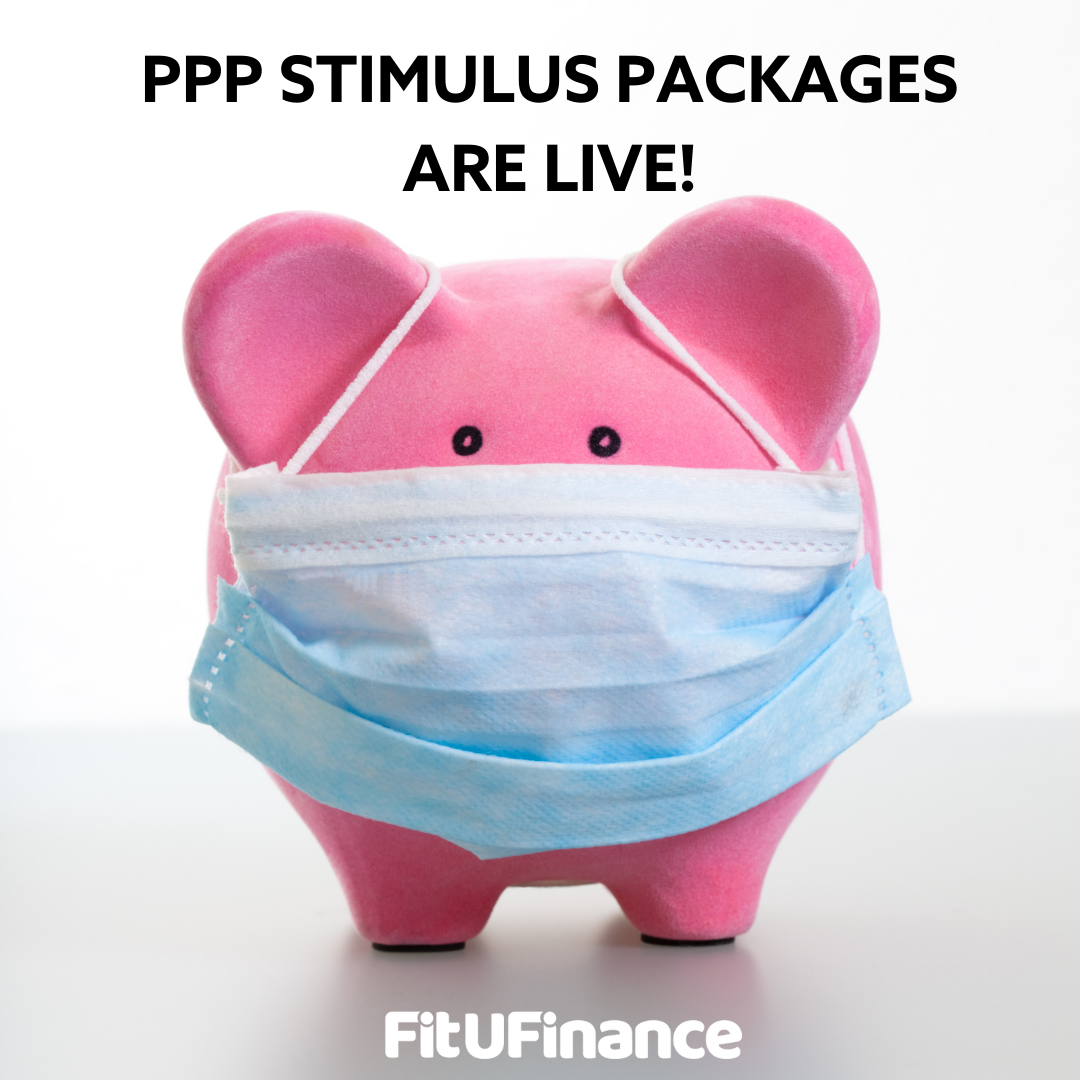NEW PPP LOANS APPROVED! WHAT YOU NEED TO KNOW!

The Federal Government has finally approved a new PPP Stimulus Package, but it won’t last long.
This program is for any small business with less than 300 employees (including sole proprietorships, independent contractors and self-employed persons), private non-profit organization or 501(c)(19) veterans organizations affected by coronavirus/COVID-19.
Small businesses in the hospitality and food industry with more than one location could also be eligible at the store and location level if the store employs less than 500 workers. This means each store location could be eligible.
We can help you get your application in so you don’t miss out. Here are some of the ‘need to know’ points about the new package (it’s a pretty long list – if you don’t have time read it, just give us a call and we’ll go through it all with you).
The New PPP Loan “Need-to-Knows”
- A second loan for small businesses with less than 300 employees with a revenue reduction of at least 25% in the first, second or third quarter of 2020 relative to the same quarter in 2019.
- A maximum second loan amount of $2 million for most businesses at 2.5 times their average monthly payroll costs (although some food service and accommodations businesses could see more) as their maximum equals 3.5 times their monthly payroll costs.
- Creation of a simplified loan forgiveness application form consisting of a one-page certification that requires the small business to list the loan amount, the number of employees retained and the estimated total spent on payroll costs.
- Forgiveness for small businesses if they spend at least 60% of their PPP second draw loan on payroll costs during the covered period.
- Expansion of covered expenses to include software, cloud computing resources and human resources and accounting needs, as well as property damage costs due to public disturbances that were not covered by insurance, supplier costs and the purchase of personal protective equipment.
- Expansion of eligibility to include 501(c)(6) nonprofits, such as local chambers of commerce, as well as destination marketing organizations, housing cooperatives, newspapers, broadcasters and radio stations.
- Repeal of a previous CARES Act provision that required small businesses to deduct any Economic Injury Disaster Loans from PPP loan forgiveness.
- An override of an IRS ruling that barred small businesses from deducting from their taxes expenses paid for with PPP loans.
- Prohibition on publicly-traded companies accessing the PPP. Entities affiliated with the Chinese government are also ineligible.
- The creation of a farmer and rancher calculation for PPP loans, as well as codifying rules for faith-based organizations and churches to maintain their eligibility in the program.
- PPP loan borrowers to choose two covered periods, an eight-week covered period or a 24-week covered period, in which to spend the loan proceeds.
- Voluntary release of demographic information for loans. Please note — the SBA is mandated to include a demographic questionnaire in the loan origination application.
- Clarification that group insurance payments count as payroll costs, including group life, disability, vision and detail insurance.
- Ineligibility for businesses that receive a grant under a separate, $15 billion program for venues.
- A reapplication option for the PPP maximum for any business that returned all or part of their PPP loan so long as they have not received forgiveness yet. Any borrower that would have gotten a larger loan under the new legislation can also reapply for the difference.
